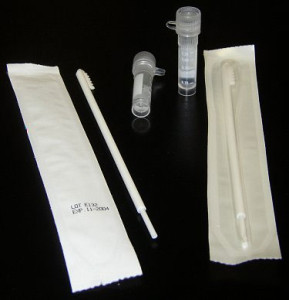I’ve heard adoptees searching for family should fish in many ponds so I’m casting my line in Ancestry’s pond, hoping I might net some clues about my blood relatives, especially those on my father’s side.
While most people were getting psyched for the Super Bowl on Sunday, I shopped for a DNA test from Ancestry.com.
I dove into the DNA pond a couple of years ago, purchasing the Family Tree DNA FamilyFinder test. The results did not turn up a father, brothers, sisters or first cousins, just distant cousins, hundreds of them. My experience is fairly typical. Very few people find a parent or sibling match directly through a DNA test.

Still, every week or so, Family Tree DNA uncovers a few new cousins and sends me their names. Which side of my family these relatives hail from and where they belong on the family tree is usually unclear.
Analyzing the results can be frustrating and time-consuming. Why didn’t I pay more attention to the genetics discussion in high school biology? If I had, maybe I’d have my DNA cousins sorted out. (Actually, all I remember about biology is the fetal pig dissection, which I delegated to my lab partner.)
The truth is I have not spent enough time with my test results. Too busy with my everyday life.
Despite my lazy approach, I have confirmed relationships with a number of cousins on my mother’s side, including several second cousins. I had the pleasure of speaking with Shannon, my second cousin once removed, on the phone recently. You have to be adopted to understand why it was exciting to speak to a blood relative, only the third one I’ve talked to in my entire life.
My biological son, Jake, is the only bio relative I’ve hugged and kissed in real life. My half-sister, Michelle, and I have never met in person but we talk frequently by phone and end each conversation by saying “Love you.” But that’s it for my blood relatives.
If you’re adopted and searching for family, you should give DNA testing a chance. Unlike me, you may have been riveted by your high school genetics lecture so sorting through DNA matches might come more naturally. Or maybe you have the time and patience for parsing the test results.
DNA tests cost around $99 each. While they are affordable for many of us, it never hurts to save a few bucks if you can. Through a Google search, I found a free shipping offer, which saved me almost $10 off the cost of the Ancestry test. Every penny counts, especially since I’m sure this won’t be the last DNA test I purchase. My fishing trip continues.







